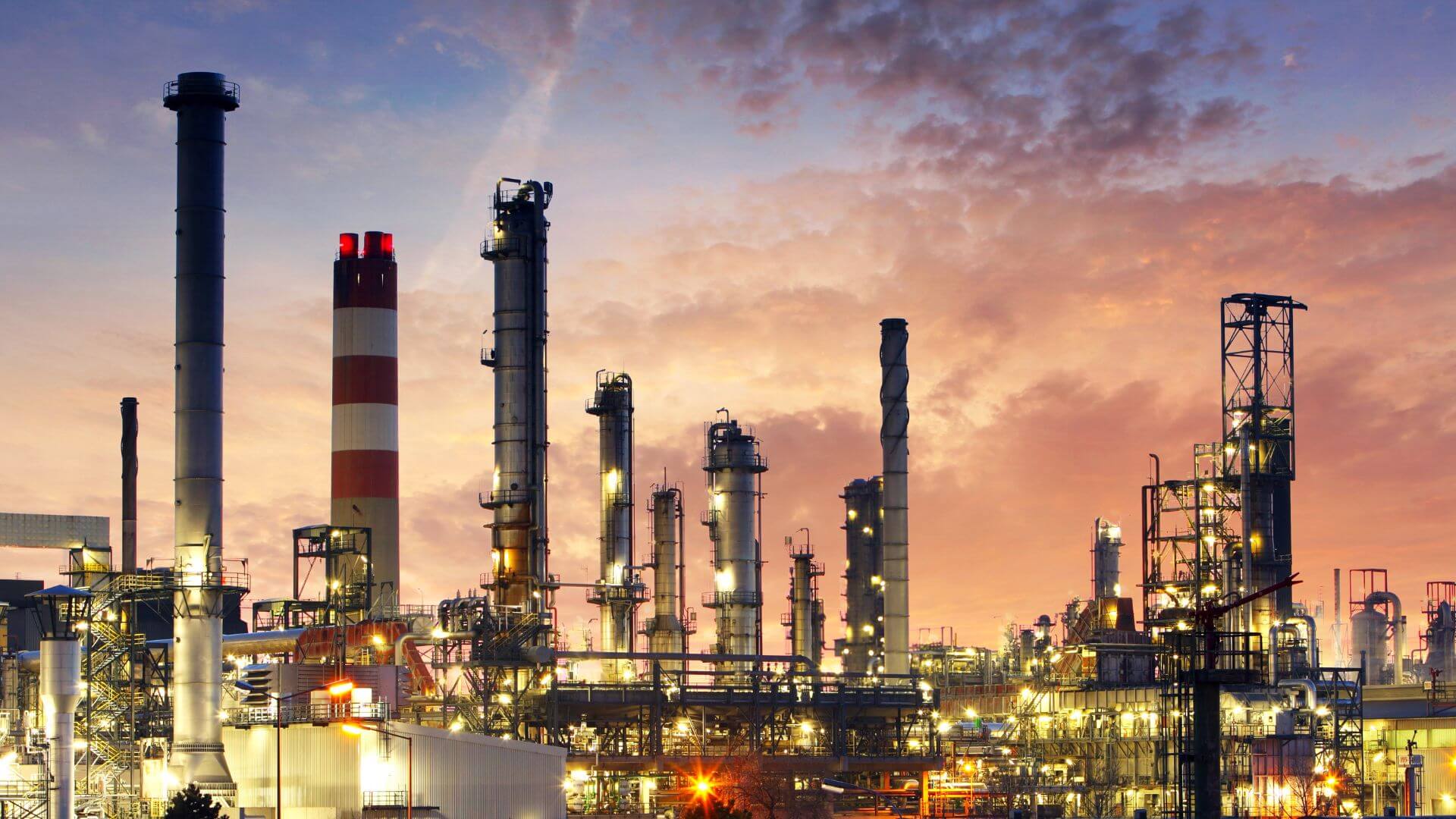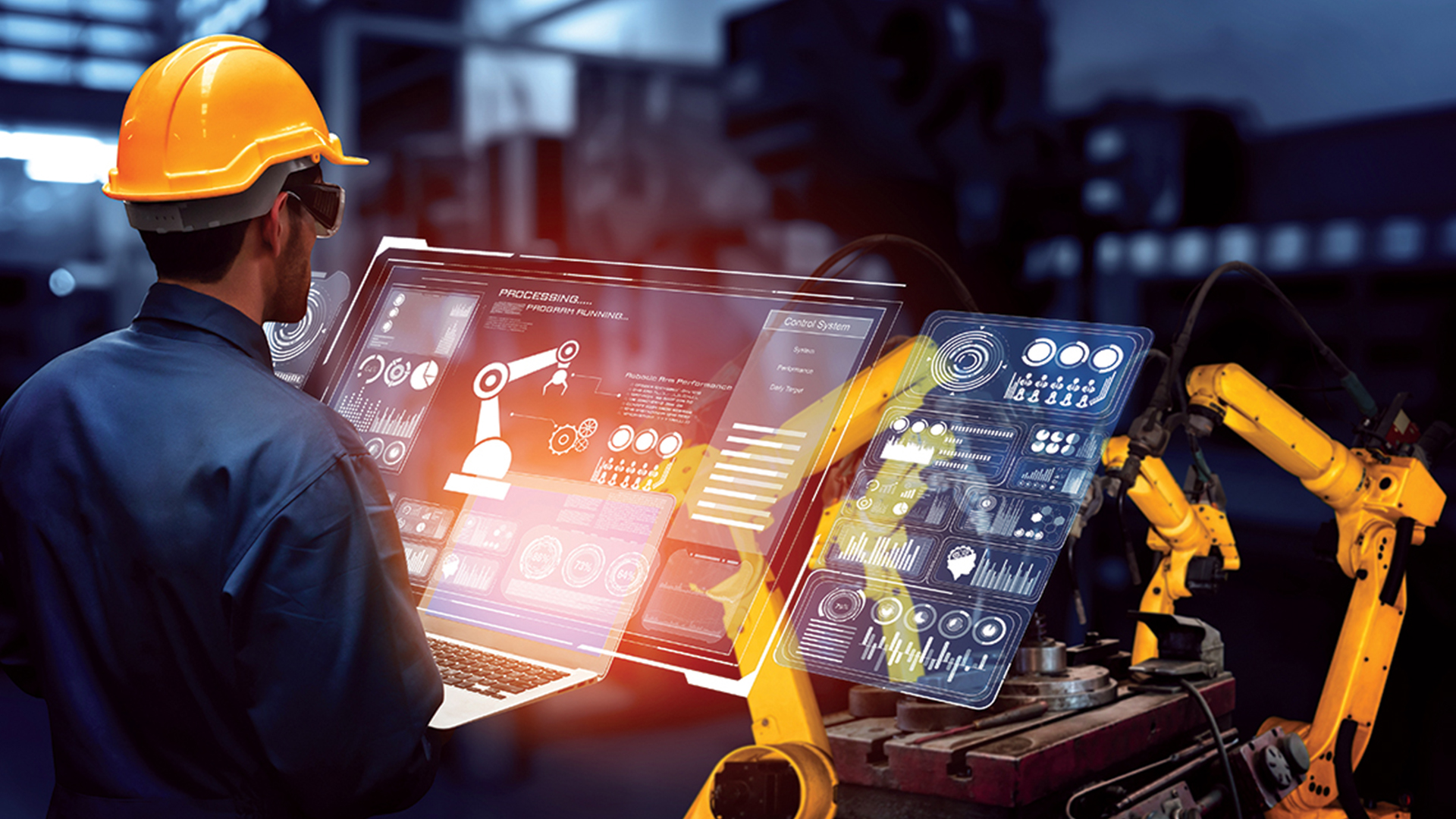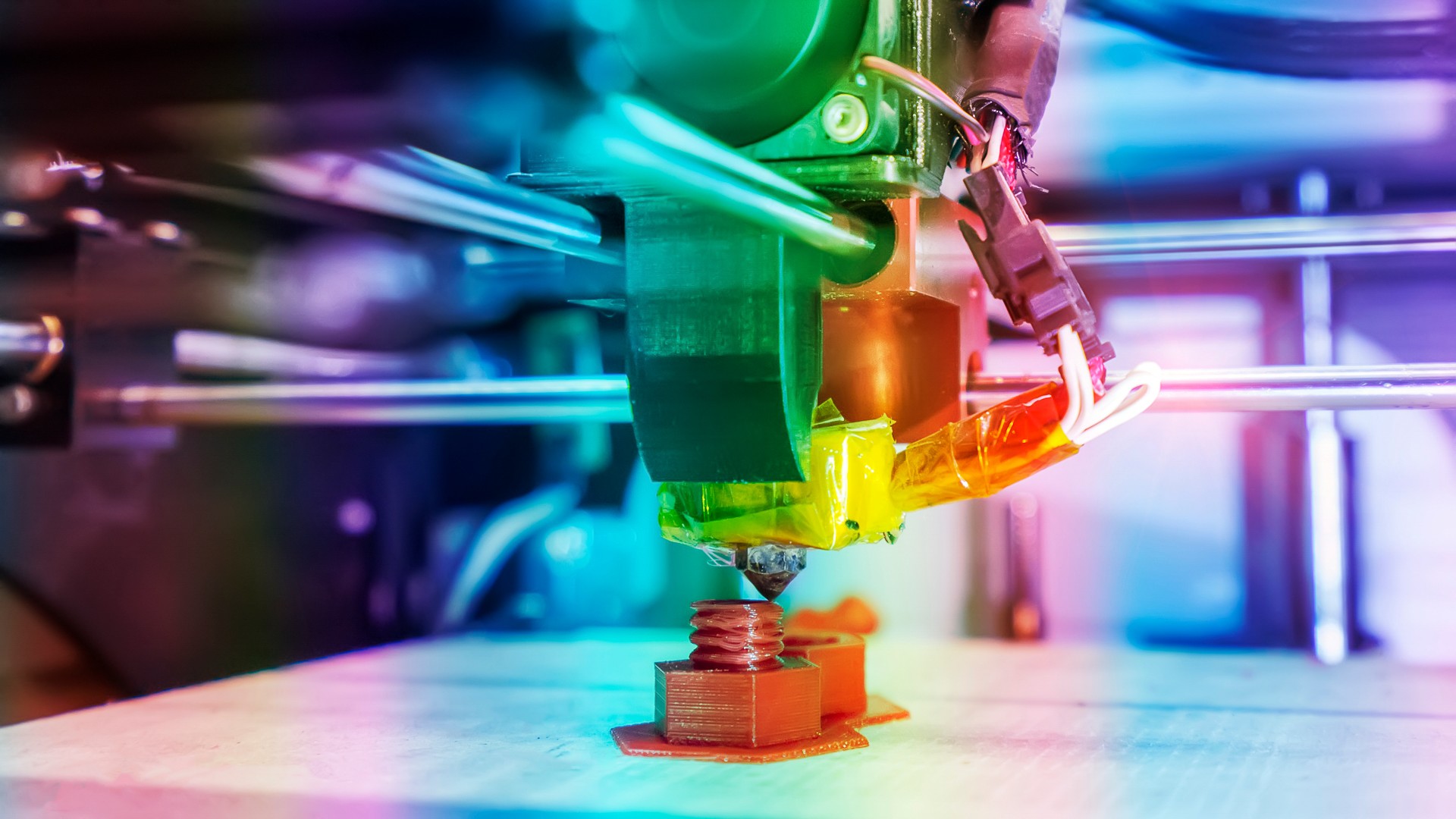
Manufacturing is the cornerstone of many economies, encompassing the processes involved in transforming raw materials or components into finished goods. This intricate process involves a blend of human ingenuity, technological prowess, and meticulous planning.
A Multifaceted Process:
Manufacturing encompasses a diverse range of activities, from the initial conceptualization and design of a product to its final distribution. Key stages often include:
- Design and Development: This crucial phase involves translating ideas into tangible products through research, design, and prototyping.
- Sourcing and Procurement: Identifying and acquiring the necessary raw materials, components, and equipment for the manufacturing process. This may involve global sourcing, requiring careful consideration of logistics and international trade.
- Production: This core stage involves the actual transformation of raw materials into finished goods. This can involve a variety of processes, including cutting, molding, assembly, and finishing. Modern manufacturing often incorporates advanced technologies such as robotics, automation, and artificial intelligence to enhance efficiency and precision.
- Quality Control: Rigorous quality control measures are essential throughout the manufacturing process. This ensures that products meet established standards, are free from defects, and adhere to safety regulations.
- Packaging and Distribution: Once production is complete, products are carefully packaged and prepared for transportation and distribution to customers or retailers. Efficient logistics and supply chain management are crucial for timely and cost-effective delivery.
The Evolution of Manufacturing:
Throughout history, manufacturing has undergone significant transformations. The Industrial Revolution marked a pivotal moment, with the introduction of machinery and mass production techniques. This led to increased productivity and the mass production of goods, revolutionizing economies and societies. In the modern era, manufacturing continues to evolve, driven by technological advancements, globalization, and a growing emphasis on sustainability.
The Impact of Manufacturing:
Manufacturing plays a crucial role in shaping our world. It:
- Drives Economic Growth: Creates jobs, generates revenue, and supports other industries within the supply chain.
- Improves Quality of Life: Enables the production of goods that enhance our daily lives, from essential items like food and clothing to advanced technologies that improve healthcare, transportation, and communication.
- Fosters Innovation: Drives the development of new materials, processes, and technologies, pushing the boundaries of human ingenuity.
- Shapes Global Trade: Facilitates the exchange of goods and services across borders, connecting economies and cultures worldwide.
Manufacturing is a dynamic and ever-evolving field that continues to shape our world. By embracing innovation, adapting to changing market demands, and addressing global challenges such as sustainability and environmental impact, the manufacturing sector will remain a vital engine of economic growth and human progress.






